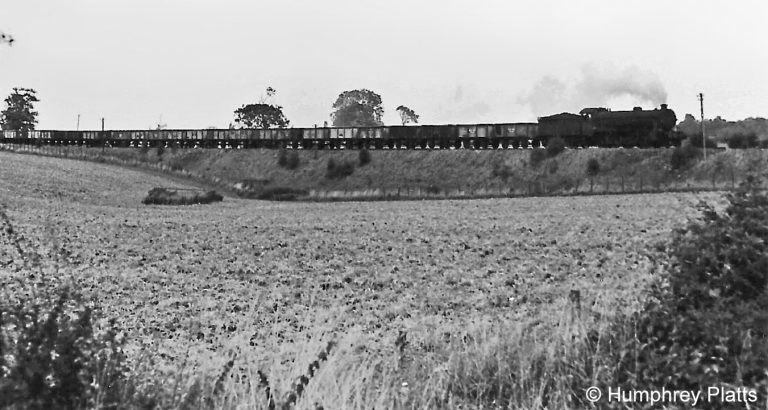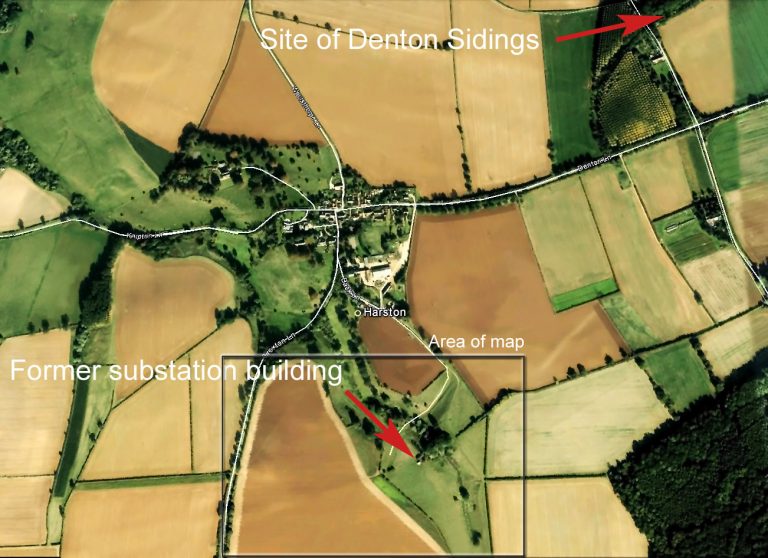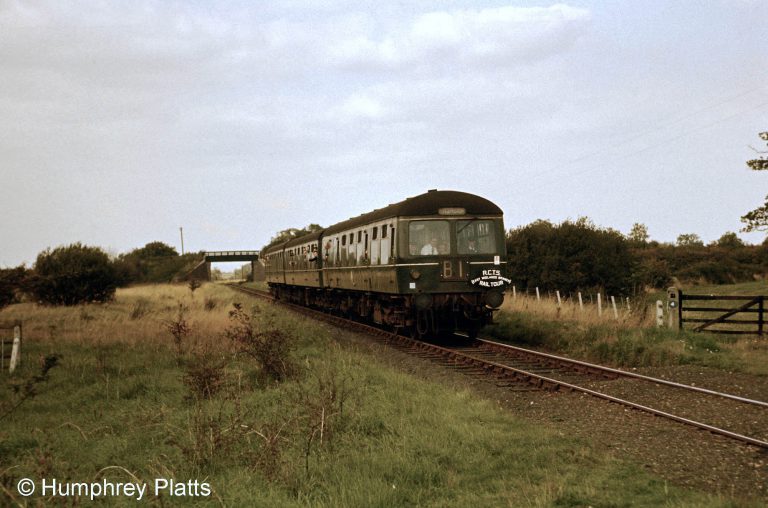When it comes to Grantham's association with the railway, Tracks through Grantham is one of many sources available. We aim to signpost other people's work recording and presenting the railway history of the town so, for example, there are lists of books, articles in magazines etc. here.
On the Internet, the saying 'other websites are also available' is as true for Grantham railway interest as it is for soap powder or chocolate bars, and below are links to pages which have appeared on the Grantham Matters website over the past six months since the beginning of November.
There isn't much information with some of the photos, so we've done some research and added notes. Most of the photos can be seen much more clearly by using your browser's 'zoom' function to magnify the page.
Two fascinating old photographs of work on the line, dated 1921
- The top picture appears to be the removal of weathered and degraded stone from the east side of Great Ponton Cutting, between Great Ponton station and Highdyke. When the cutting here was widened on that side for the new Up Goods line, in about 1875, it's likely that its side was left as a steep rock face. We got in touch with Richard Cumming who says, 'The top layers of Lincolnshire Limestone (which this is) are very weathered, i.e. loose and open, compared with the thicker solid seams down below. As a result they are prone to the actions of frost and rain. I think the men are dealing with a landslip, or a potential landslip, and have been removing all loose material from the side of the cutting leaving the rough, exposed uneven face of more solid material seen in the photo.'
The words on the side of the wagon are G N BALLAST WAGON NORTH DISTRICT.
Here and here are links to two later photos which show the same site – perhaps just a few yards further south - after the cutting sides had been graded back.
- We are sure that the lower picture is in the same locality. There was a bridge here, shown on maps dated c.1904, and it would be numbered Overbridge 232 in the civil engineer's records. The maps also show signal posts in the same locations; these would be starting signals for Great Ponton box, Up Main and Up Goods.
Running out of rails on one of the Ironstone Quarry Lines
The Ambergate Yard branch railway bridge over Dysart Road being removed
Station Master Harold Scampion in his best uniform welcomes a VIP to the station
- This photograph is captioned 'Future Prime Minister Anthony Eden entering Grantham station in 1951'.
The Grantham Journal reports Anthony Eden passing through the station on Tuesday 10th April 1951 to catch the 9.30am to London, having attended an event at Nottingham the previous evening.
Eden is on the right; on the left is Harold Scampion, Grantham Station Master from 1947 to 1963; in the centre is Stanley Hodgkins, Grantham Division Conservative party agent. In the background is the now long-gone Station Inspector's house, No. 9 Station Road.
At this time Eden was in opposition, but he had held important government posts during the 1930s and 1940s including twice being Foreign Secretary, to which post he would again be appointed, in October 1951, in the post-war Churchill government. Anthony Eden succeeded Winston Churchill as Prime Minister from April 1955 until January 1957.
Not specifically railway, but can you see the route of the main line and the High Dyke branch?
- Waiting for the Flying Scotsman Pullman on a Sunday, either 6th or 13th March 1983.
- What the folk on the platform were waiting for. The top photo was at Stoke tunnel, not Peascliffe.




